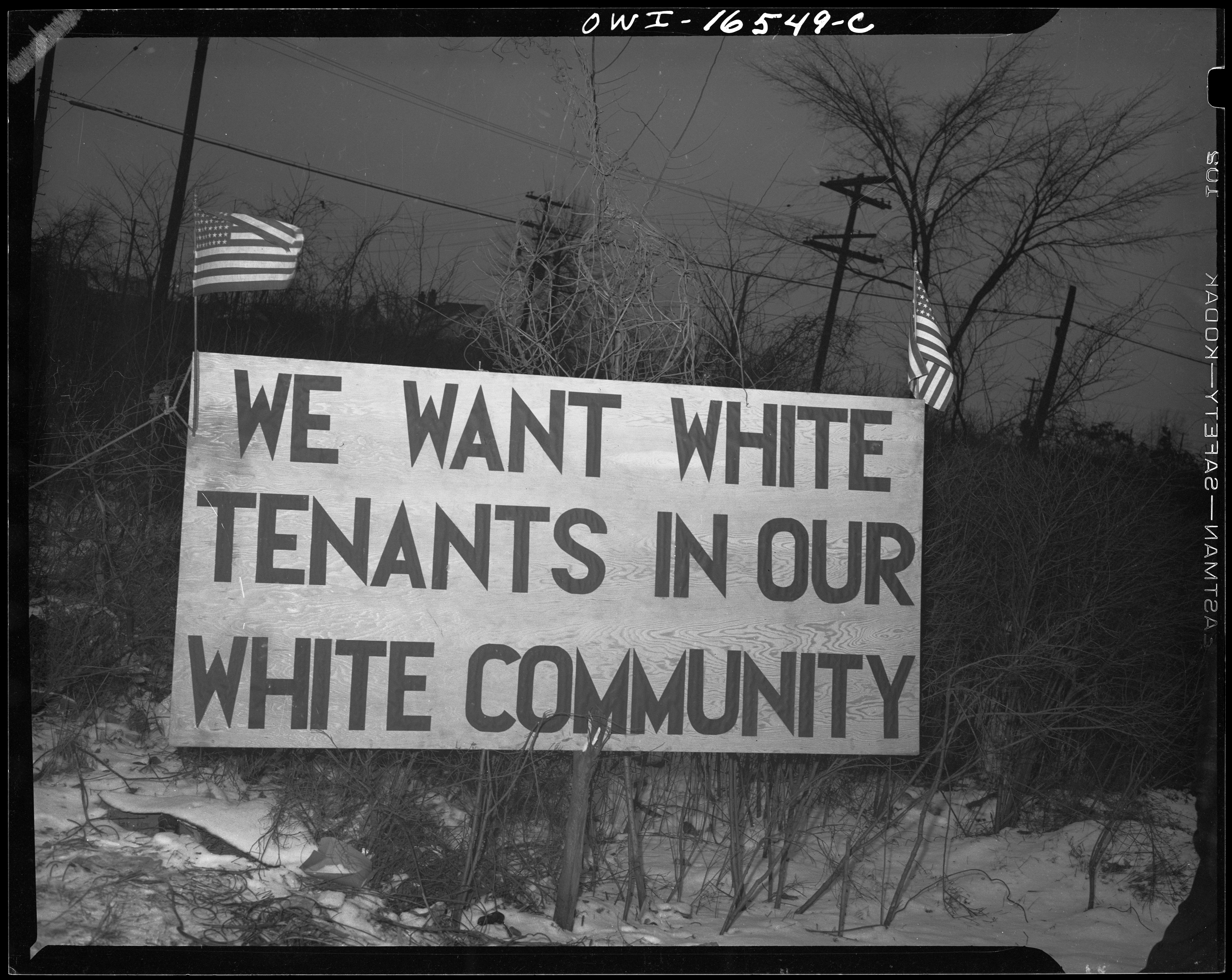In 1954, Brown v. Board desegregated the school system. Despite backlash from the South, the decision paved the way for legal equality and provided ammunition for civil rights activists fighting against oppressions. Yet today, the will of the decision -- to desegregate the school system -- is not yet complete. In fact, according to a Government Accountability Office report done in 2016, racial segregation in schooling is more than just prevalent: it's growing.
The report found that 20 million students of color attend racially and socioeconomically isolated public schools, up from 14 million in 2001. UCLA's Civil Rights Project calls this widening gap in the racial diversity of education "school resegregation." In a report called "Brown at 62: School Segregation by Race, Poverty and State," UCLA found that segregated nonwhite schools with 0-10 percent white enrollment have tripled. And this isn't just in Southern states -- UCLA found that New York's state public schools are the most segregated in the nation.
According to The Atlantic's analysis of data from National Equity Atlas, the share of minority students in low-income schools is over 20 percent greater than white students in the majority of schools. And The Atlantic's analysis of different states' demographics is stunning:
"[In] Austin, Texas... 75 percent of black and 77 percent of Latino students attend majority-poor schools, compared to just 12 percent of whites... In Seattle... only 15 percent of white students, and about two-thirds of black and Latinos."
"Here we are, 60 years after Brown v. Board of Education and our schools are woefully separate and unequal, and in many cases we're actually going backward," member of New York City Council Brad Lander said to The Atlantic.
Brown v. Board attempted to legally desegregate schools, but legal systems still enforce a pseudo-segregation. Specifically, the widespread yet masked "whites only" neighborhoods. See, disparate property-tax bases play a large role in determining the type of funding received by schools; poor neighborhoods have small tax bases and thus poorly funded schools.
 |
| White tenants seek to prevent blacks from a housing project in Detroit, 1942. Housing segregation shows clear links toward school segregation -- the poorer the neighborhood, the poorer the school. |
Housing initiatives to increase neighborhood diversity become of utmost importance. In New Jersey, where the Supreme Court mandated that affordable housing be built in Mount Laurel, research conducted by Princeton sociologists and analyzed by Al Jazeera found that low-income tenants in the area "have had their lives and educations transformed for the better."
Brown v. Board aimed to keep racial and economic diversity in neighborhoods around America. Today, it's clear we've failed to reach that goal -- but the path toward integration is in clear sight. Through affordable housing programs, and through fighting economic isolation, social justice can finally be achieved.
This is a very informative post on the status of school segregation after Brown v. Board and how systemic inequalities such as racism remain prevalent in American society despite policy reforms. Your article particularly raises questions as to how these systemic inequalities, such as disparate property taxes, influence other aspects of life and remain prevalent despite policy reforms.
ReplyDeleteIt's so unfortunate that we are regressing toward resegregation over 60 years post the Brown decision. Systemic racism also keeps racial minorities of black and latino communities in poverty which in effect keeps them living in low income areas, which leads to school districts in the area being underfunded and more segregated. It's so important that there are housing initiatives to diversify neighborhoods and thereby integrate schools.
ReplyDeleteThis is an interesting and thoughtful post about the systemic issue of segregation that's persisted in multiple ways from incarceration to what you detail as school segregation. Do you think this phenomenon is more concentrated in some parts of the country than others, or that it's spread out everywhere?
ReplyDeleteThis was a super interesting post about the decades long issue of segregation and how it has been perpetuated in many ways. It is so sad and unfortunate that segregation is still a very real issue due to social differences and varying levels of opportunity between races. It is important that the government take initiative so that diversification can occur.
ReplyDeleteThis was a super interesting post about the decades long issue of segregation and how it has been perpetuated in many ways. It is so sad and unfortunate that segregation is still a very real issue due to social differences and varying levels of opportunity between races. It is important that the government take initiative so that diversification can occur.
ReplyDelete